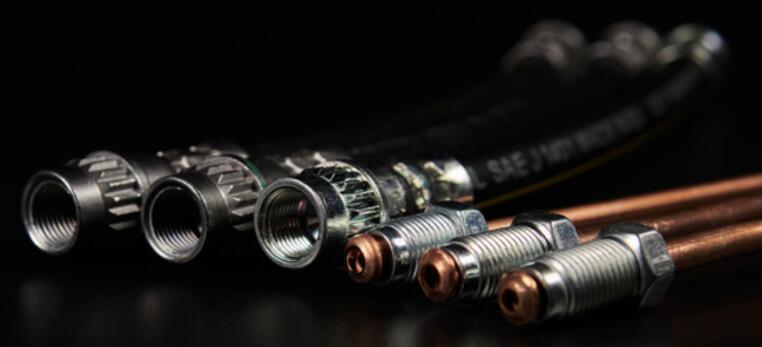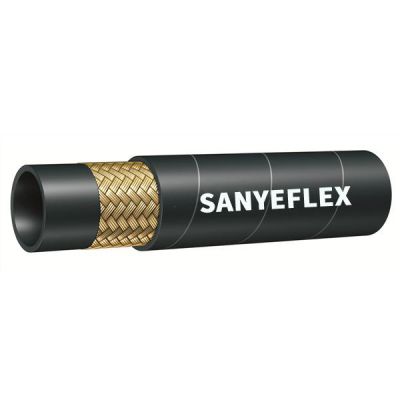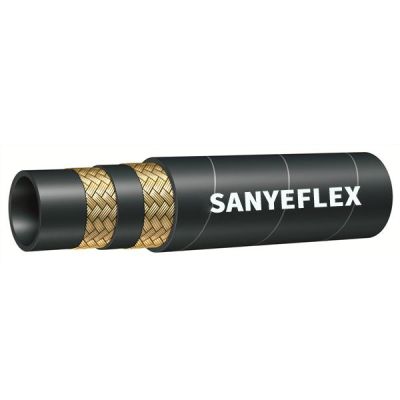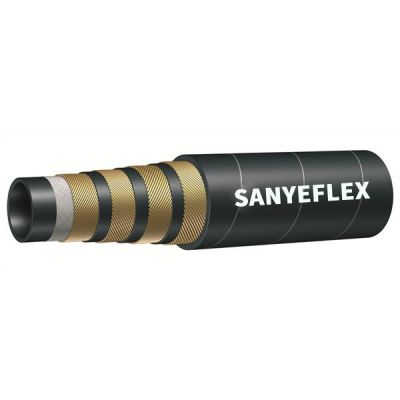Feb. 28, 2024
Dredging hoses play a critical role in various industries, facilitating the removal of sediments and debris from water bodies. Ensuring the proper maintenance of these hoses is essential to their longevity and the efficiency of dredging operations. In this article, we will explore the ease of maintaining dredging hoses and the key considerations involved in keeping them in optimal condition.

Maintenance begins with the initial choice of materials for dredging hoses. Opting for high-quality, durable materials is crucial for minimizing the need for frequent maintenance. Hoses made from abrasion-resistant materials and designed to withstand harsh environmental conditions contribute significantly to ease of maintenance by reducing the likelihood of damage and wear.
One of the fundamental practices in maintaining dredging hoses is regular inspection. Visual inspections should be conducted to identify any signs of wear, damage, or potential issues. Early detection allows for prompt intervention, preventing minor problems from escalating into major issues. Inspections should encompass the entire length of the hose, including fittings and connections.
Proper cleaning is a key aspect of dredging hose maintenance. After each use, hoses should be thoroughly cleaned to remove sediment, debris, and any corrosive materials that may have accumulated during dredging operations. This preventive measure helps to preserve the integrity of the hose and ensures that it continues to function optimally over time.
During dredging operations, it's essential to monitor the positioning of the hoses to prevent kinks and twists. Kinks and twists in the hose can lead to structural damage and reduced flexibility. Properly laying out the hose and avoiding sharp bends contribute to its overall durability and ease of maintenance. Regularly checking for proper hose alignment can prevent issues before they arise.
Proper storage practices are crucial in maintaining dredging hoses during periods of inactivity. Hoses should be stored in a cool, dry place away from direct sunlight and extreme temperatures. Additionally, they should be coiled or stored in a manner that prevents kinking or crushing. Following recommended storage guidelines ensures that the hoses remain in optimal condition when not in use.
Even with diligent maintenance, wear and tear can occur over time. Addressing minor issues promptly is essential to prevent them from evolving into major problems. Small cuts, abrasions, or leaks should be repaired using appropriate methods and materials. Regularly scheduled maintenance checks can help identify and address these issues before they compromise the overall functionality of the dredging hose.
In conclusion, the ease of maintaining dredging hoses depends on a combination of factors, including the choice of materials, regular inspections, cleaning practices, and proper storage. By adopting a proactive approach to maintenance, dredging operators can extend the lifespan of their hoses and ensure the continued efficiency of their operations.
If you have questions about maintaining dredging hoses or need assistance in selecting the right hoses for your specific needs, feel free to contact us. As a trusted supplier, we can provide valuable insights and guidance to ensure that your dredging hoses remain in optimal condition. Our team is dedicated to supporting your maintenance efforts and helping you make informed decisions for your dredging operations.
When it comes to maintaining dredging hoses, choosing the right supplier is crucial. Contact us today to discuss your requirements and benefit from our expertise in providing high-quality dredging hoses that are not only efficient during operations but also easy to maintain for long-term durability.
Our Customer
Tel.: +86 400 0318 111
Email: admin@sanyeflex.com
Add.: #218 Zhongke Street, High-tech Zone, Hengshui City, Hebei Province, China


